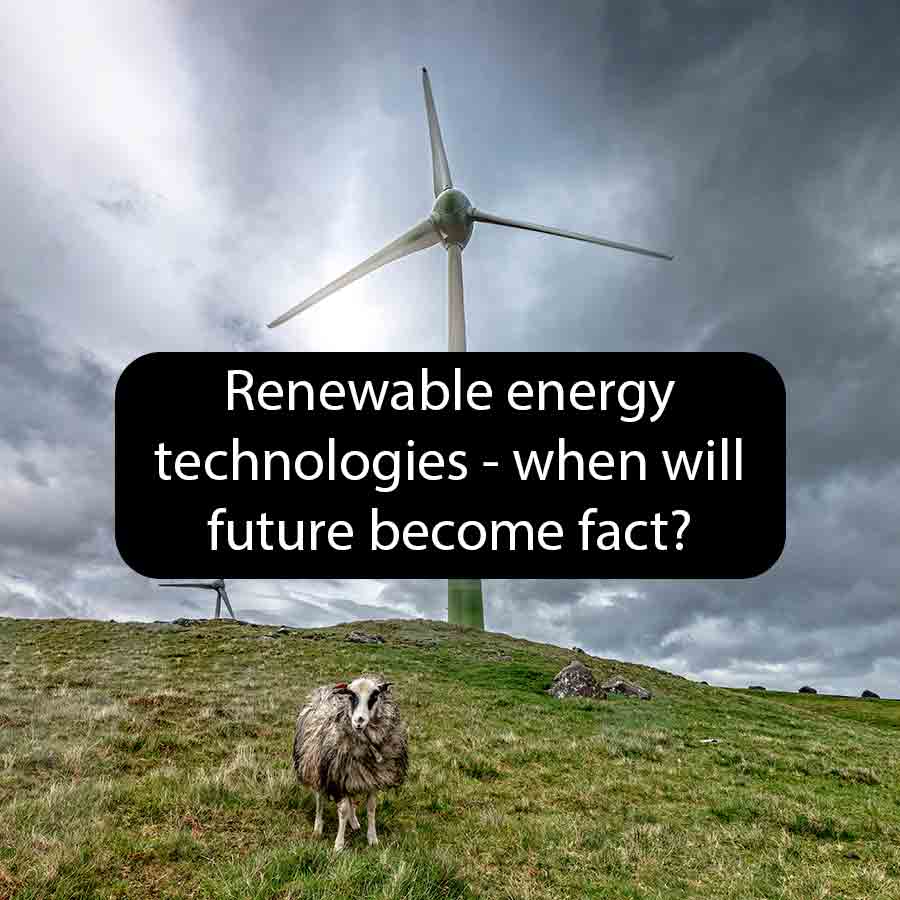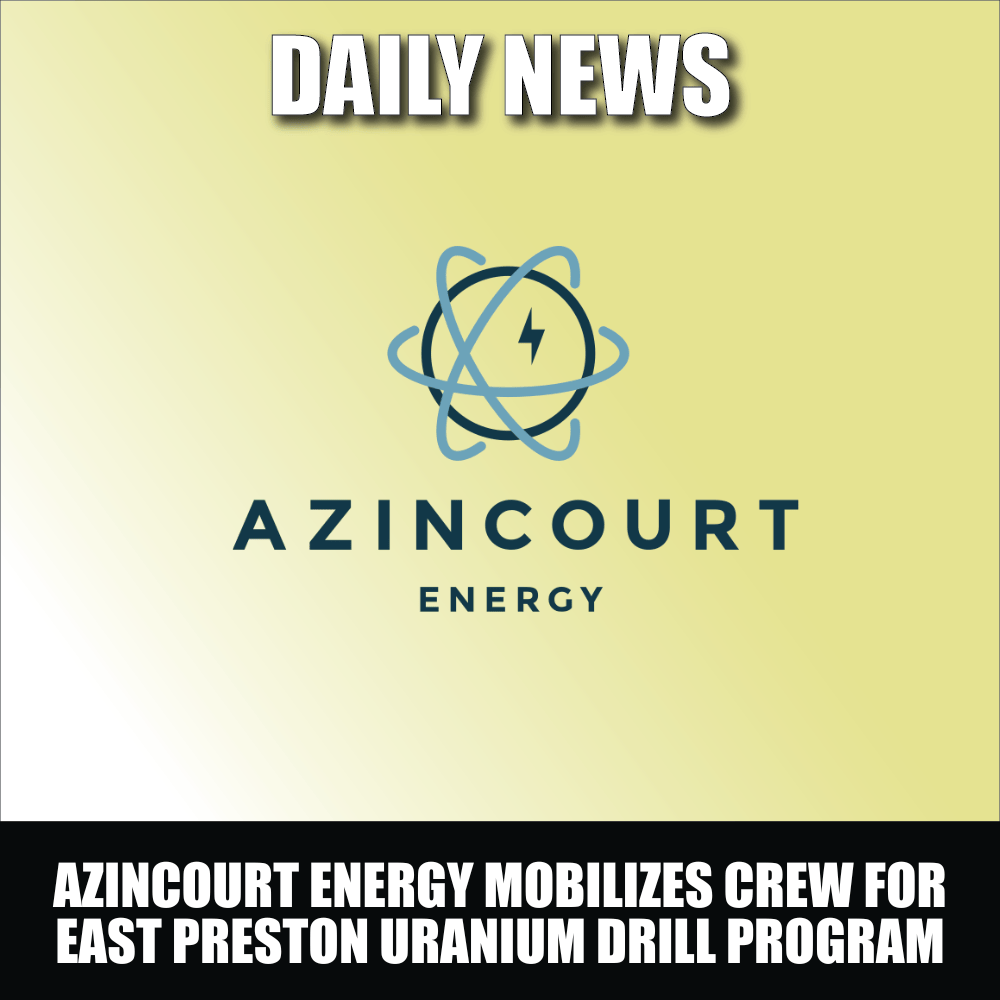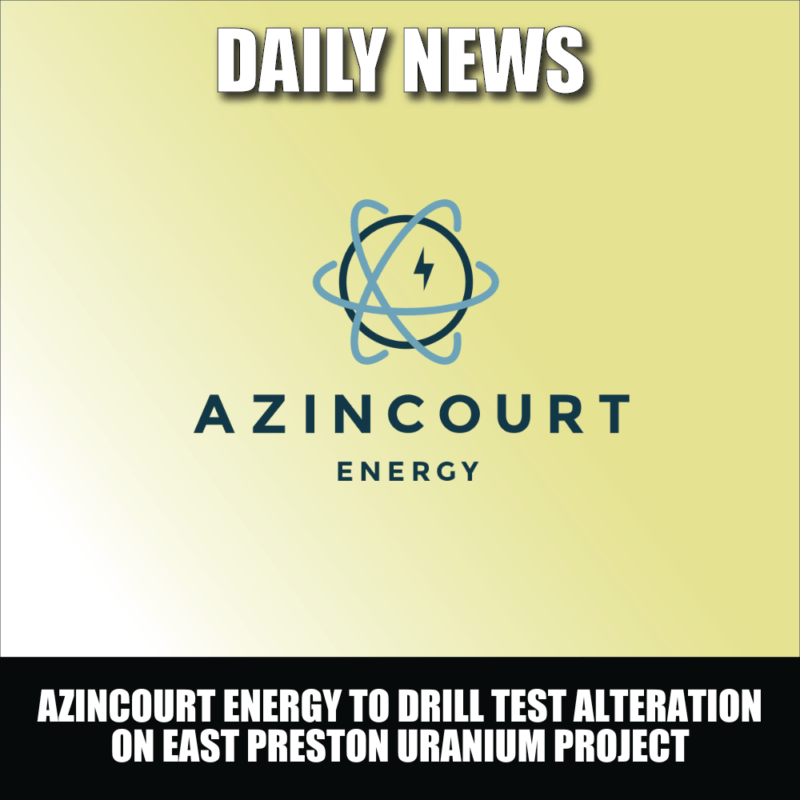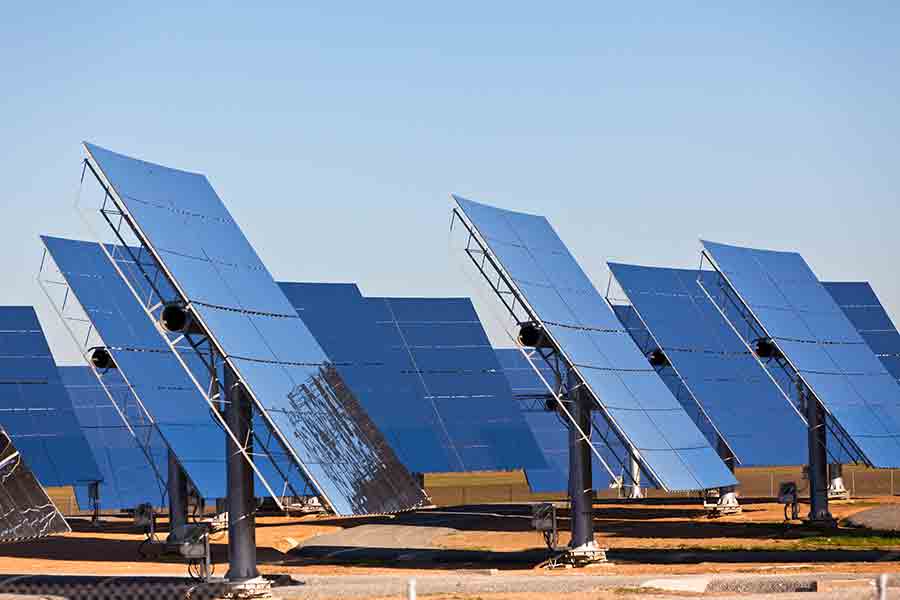
Renewable energy technologies are back in the headlines as the free-world frets over Russia’s neo-colonial aggressions in the Ukraine. Fossil fuels have bred a geo-political culture of energy dependence between producers and users. Russia is the latest oppressive regime attempting to leverage its resources against its violent expansionist tendencies, but this time consumers of its natural gas and oil have had enough and are attempting to create a future free from Putin’s grasp.
However, opinion remains divided on what to do next. Cultural influencers like the ethically fluid new-age cyber-baron, Elon Musk, push for more domestic oil and gas production. Admittedly, Musk is doing his best to keep his beaver-toothed mug in the papers while deflecting attention from his mounting legal troubles, but the question whether renewable technologies have advanced enough to operate in the near term at scale is entirely valid.
First let us examine the different renewable energy technologies and their respective challenges:
Solar
We have been using the sun as a power source since the 7th century BC, but it wasn’t until 1954 that we saw our first photovoltaic cell. Solar energy’s greatest challenge is its intermittent nature. Since it isn’t a constant producer, it must be connected to a collection of power storage units. Batteries, despite what Musk feeds the public regarding Tesla’s Powerwall technology, have a long way to go in terms of efficiency, capacity, safety, and scalability.
Hydro
Hydroelectric energy is the most common renewable energy source, making up almost 71% of the world’s renewable electricity generation. Hydro is a relatively constant source, but it too has a sizeable challenge when it comes to environmental footprints. China’s Three Gorges Dam, the world’s largest hydroelectric dam, produces 22,500 megawatts of power, but its environmental impact includes multiple land slides, deforestation, earthquakes, water shortages, hundreds of endangered species of flora and fauna as well as increased disease transmission.
Tidal
Tidal energy generation is still nascent among renewable energy technologies and as such, isn’t scaled to commercial production. The technology is also challenged by legal concerns over underwater land ownership, as well as environmental impacts. Installing tidal generators is a difficult and complex process, disturbing the tide they intend to generate from as well as potentially endangering local fish species and underwater plant life.
Geothermal Energy
Geothermal energy use is as old as solar as humanity has been drawing on its power for cooking and heating for thousands of years. This type of energy production produces approximately one-sixth less carbon dioxide than its natural gas-powered turbine counterpart and it is constant 365 days a year. However, geothermal releases hydrogen sulfide, you know, the rotten egg smell and the fluids released by the energy extraction can contain low levels of toxic materials. Also, eventually, geothermal sites aren’t forever and will one day cool down.
Wind
Wind is another one of the age-old renewable energy technologies, harnessed by Egyptians to power their boats down the Nile some 7,000 years ago. Windmills ground our grains for almost as many years, then pumped water and cut logs right up until the Industrial Revolution. However, it wasn’t until the fuel crisis in the 1970s that public attention was once again drawn to the naturally derived mechanical force as a means for generating energy. Today, wind farms dot the prairie landscapes of Alberta with over 127 countries the world over generating approximately 1.42 trillion kWh of wind electricity. The challenge with wind is its intermittent nature (batteries) and the ability to transmit the generated electricity as wind generated energy’s environmental impact is considerably low.
Biofuel
Transesterification, or the process of transforming vegetable oils into a useful fuel source, was discovered in 1937 by G. Chavanne at the University of Brussels. Soon after, automotive pioneers like Rudolf Diesel, you guessed it, the inventor of the diesel engine, envisioned vegetable oil as his fuel source. Ford even went as far as converting his Model T to run on hemp derived biofuel from 1903-1925 until cheap domestically produced oil from Texas and Pennsylvania flooded the markets.
Attention turned once again to biofuel during the 1970s energy crisis and interest in the alternative energy source grew over the years since. In fact, I saw a large 4×4 camper vehicle power past me on Cambie Street the other day with a sign that proudly proclaimed it was running on vegetable oil.
However dreamy it may sound; biofuels have some serious challenges. According to an article posted on renewableenergyworld.com, the industry faces many issues including:
- Indirect land use change
- To survive, farmers must attach themselves to cash crops. Soybean farming is already destroying Brazilian land through rampant deforestation, what will happen when everyone’s car runs on soybean oil?
- Runaway feedstock costs
- Once upon a time, they would pay you to take away used vegetable oil, but as the world shifts, these feedstocks could become as pricey as gasoline.
- Lignin
- This is the stuff that gives plants their rigidity and it makes up the vast majority of biomass. Unfortunately, it’s relatively useless to fuel producers and is almost impossible to break down.
- Affordable aggregation of feedstock
- The immense costs and complicated logistics of getting all your feedstock into one place for processing. This problem forces a decentralized approach for turning biomass into fuel that isn’t friendly economically or environmentally.
- Oxygen content
- Biomass is not only difficult to centralize for processing, almost 60% of it is oxygen. This makes the alternative fuel even more expensive as you lose a significant amount of it processing it into fuel. Fossil fuels contain no oxygen, no loss in processing.
- Photosynthetic limits
- Photosynthesis is a relatively poor producer of stored energy in plants. As such, it requires intensive, expensive processing, additional resources such as fertilizer and requires large areas of land for cultivation.
All this in mind, our green energy future will not be an either/or scenario and will instead require a patchwork of green technologies supplementing a baseload generation model. At present, the most viable answer to the baseload question is nuclear power generation.
The histrionics of modern nuclear power generation
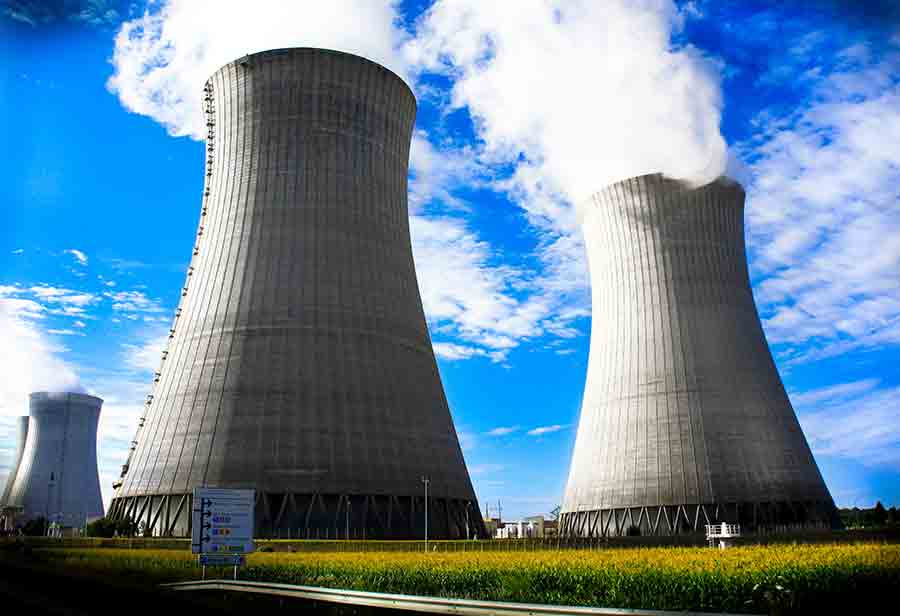
Nuclear power has a bad rap and deservedly so, based on its history. In the beginning, there were two types of nuclear power generators. In the interest of powering nuclear subs and cheaper economics, military brass picked the salt water cooled design which gave us Three Mile Island, Fukushima, and Chernobyl. However inherently flawed, like VHS versus Beta, market saturation won the day against the much safer and more expensive liquid sodium version. This left us with meltdowns, heavy water and loads of nuclear waste.
Thankfully, breeder reactors have made a comeback in a big way and companies like TerraPower, backed by Bill Gates, are creating a sustainable solution for carbon neutral baseload power, but is it time to party yet?
The nuts and bolts of renewable energy technologies implementation
Generating power is one thing, getting it to consumers efficiently and safely, and controlling that flow, will require a dramatic updating of our current energy infrastructure. In short, we will need to build a global smart grid network.
This is no small task just America’s power grid connects over 9,200 electric generating units with over 1 million megawatts of generation capacity over more than 600,000 miles of transmission lines.
As such, governments are testing the waters with pilot programs. In fact, the Canadian government’s Smart Grid Program provides up to $100 million in funding for utility-led projects to reduce GHG emissions, increase grid optimization as well as foster innovation to demonstrate smart grid technologies and facilitate the deployment of smart grid integrated systems.
The program was launched in 2018 and is expected to finish up with recommendations and results at the end of 2028. Multiple projects in six provinces and the Yukon Territory are included in the program covering micro-grids, grid monitoring, distributed resource management systems (DERMS), distributed energy storage and grid automation.
Clearly, a nationwide smart grid solution is years off, never mind global implementation of smart grid technologies.
If not now, then when?
The deadline drawn by climate change scientists is 2050 to get our carbon house in order. Hopefully we’ll have tested out our possibilities by at least 2040 and be a decade into world-wide adoption of renewable energy technologies before that day is upon us.
What does that mean for investors?
Despite what promoters are telling us, a world driven by scalable and dependable renewable energy technologies isn’t around the corner. How do you build value in a sector full of day-trade contenders? Perhaps its best to start with the basics.
Utilities
Traditional utilities are a blue-chip choice for building your retirement nest egg. The nice thing is they are traded publicly but tied closely with government and infrastructure. This typically breeds a robust entity with the obvious exception of corporate dumpster fires like PG&E.
For instance, Emera (EMA.T), based in Halifax, Nova Scotia, provides both electricity generation and gas transmission. The company has been on a steady upswing since 1995, climbing 445.91% to $60.82 per share as of trading on March 11, 2022.
Emera pays a 4.36% annual dividend and unlike oil and gas companies, it isn’t doing share buybacks, but building value through capital investment. The company has planned to spend $8.4 billion over the 2022-2024 period with an additional $1.0 billion of potential capital investments over the same period. With that in mind, Emera has put forward an annual dividend growth guidance of four to five percent through 2024.
The company has ESG standards and a strategy to meet the needs of the approaching renewable energy revolution, making it a great option to base out your green energy portfolio.
Nuclear
As mentioned earlier, behind grid improvements, baseload power will be the biggest piece of the renewable energy puzzle. Since many nuclear facility manufacturers, like Canadian-based Terrestrial Energy, are privately owned, there’s not much of an in for the average retail investor. That leaves uranium miners.
Depending on your risk profile, you can go big and dig into uranium majors like Saskatoon, Saskatchewan-based Cameco (CCO.T) who operates across North America as well as in Kazakhstan and Australia.
The company currently employs 2480 people and has proven and probable reserves of 464 million pounds U3O8. Cameco boasts a licensed capacity to produce over 53 million pounds of uranium concentrates annually.
The pandemic kicked Cameco in the teeth as it had to put many of its assets into care and maintenance. That said, the company was still able to bring in 1.48 billion in revenue during 2021, an 18% decrease from the previous fiscal period. Cameco really took a hit in 2021 when it came to its bottom line, reporting 2.0 million in gross profit, a 98% drop from 2020.
That said, the future looks relatively rosy for the sector as uranium spot prices climbed over 118% to $60.40 USD per pound since March 2021. Unlike uranium price spikes in the past, this climb is sustainable with the net-zero carbon targets being set by countries the world over. These targets call for:
- One-third of the world’s population to be lifted out of energy poverty
- Replace 85% of the planet’s energy grids currently utilizing carbon-emitting sources
- Global shift toward electrification in industry, transportation, and heating
Even with all the challenges in 2021, the board okayed a dividend of $0.08 per common share to be paid on December 15, 2021. Looking ahead, Cameco has decided to increase its dividend payout for 2022 and declared a 50% increase, raising its annual dividend to $0.12 per common share to be paid on December 15, 2022.
On the other end of the spectrum of risk, but with considerably more growth potential are juniors like Azincourt Energy (AAZ.V). The junior’s flagship East Preston project lies in mining friendly territory nestled in the legendary Athabasca Basin.
East Preston is 70% controlled by Azincourt and is strategically located near NexGen Energy’s high-grade Arrow deposit, Fission Uranium’s Triple R deposit and AREVA/Cameco/Purepoint’s Spitfire joint venture.
Work is ongoing at East Preston and better described in my latest Azincourt piece here. Details aside, Azincourt shows promise, but that promise needs more assay confirmations before the company can move toward development or an exit. However, that payday, if and when it happens, will be big.
If the relative safety of uranium producers doesn’t float your boat, its time to gamble on the technology developers. This is a much wider field, rife with speculative opportunity as the landscape of a green energy economy is nowhere near being settled. Since many of the companies operating in the space are privately owned, retail investors don’t have a lot to choose from.
Technology developers
One Canadian company in the sector is Canadian Solar (CSIQ.Q). Headquartered in Guelph, Ontario, the company manufactures solar PV modules and runs large scale solar projects. Canadian Solar’s stock chart resembles a roller coaster at Knott’s Berry Farm, but it has managed to maintain an upswing since 2006.
The company reported a 34% increase in revenue year-over-year in the quarter ending September 30, 2021, with a net income attributable to Canadian Solar of $35.0 million or $0.52 per diluted share. Looking ahead, Canadian Solar, intends to grow project sales by a compound annual growth rate of 25% over the next five years.
Where to from here?
There’s no denying an impending monumental global shift to renewable energy but we need to play it smart as investors or get soaked by memes and never see the fruits of our labor. Please do your due diligence and speak with a professional investment advisor before making any portfolio decisions. After that, pick your winners and make this world a better place. Good luck to all!
–Gaalen Engen

